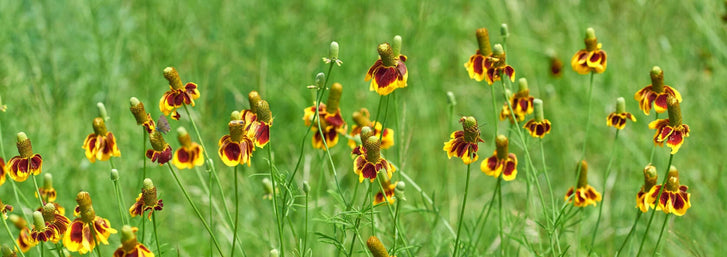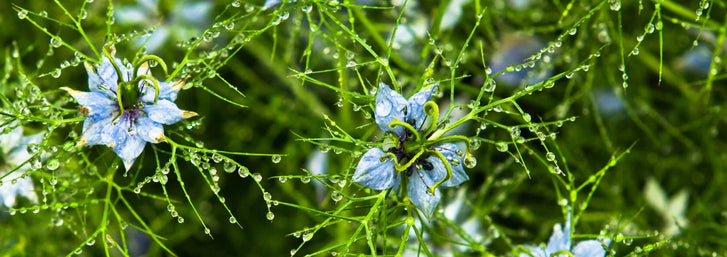
Kat Jones

By Maria Rukavina
Though “fresh” produce is available in supermarkets all year long, nutritional density decreases the more time has passed from when fruits and vegetables are harvested to when they end up on your plate. Additionally, produce prices in the winter can run fairly steep the further away stores have to order out-of-season crops such as asparagus, melons, and cucumbers. One way to stay healthy and enjoy fresh greens all winter long is to grow nutritionally dense microgreens to add to sandwiches, salads, pasta, or by the handful!
Until recently, I was skeptical of the microgreen trend, viewing it as primarily a culinary fad in upscale restaurants. However, after talking with the horticulture specialist for Volunteers of America, Cilia Bell, I began to see how microgreens could be utilized in a way that promotes accessible nutrition for people living in small spaces and as a way to easily incorporate nutritionally dense food on a limited budget. Cilia works with clients from the Volunteers of America Adult Detox Center teaching gardening, and by extension, nutrition. During the winter, the only place to grow food is in the 15’ X 20’ heated greenhouse where residents collectively grow microgreens to use in their kitchens. For some individuals, trying a microgreen for the first time is a startling experience. Because microgreens are a young version of standard vegetable (broccoli, cabbage, beets) their flavor and nutrition is highly concentrated. This flavor concentration had been sought after in the culinary community, but what has equal, if not more, significance is their nutritional density.
Cilia explained to me that recent studies have shown microgreens have anywhere from 4-40 times the nutrients present in a fully grown vegetable, especially if the full grown vegetables were harvested several days from when they will be consumed. In this respect, microgreens provide greater nutrient density at a lower cost than a head of broccoli or cabbage. This discovery is significant when considering the high instances of food deserts in low-income neighborhoods; impacting nutritional access for marginalized populations—particularly in regards to children. Schools could invest in growing microgreens as both a science or biology lesson as well as a way to increase students’ access to nutrient dense foods. Just a handful of microgreens could supply students with a healthy dose of bio nutrients, as well as a curiosity for growing plants.
This winter, consider trying your hand at growing a patch of microgreens in your kitchen window to add to your favorite winter fare. Though grow trays and domes are readily available, recycled yogurt or salad containers can be a good place to start on a budget. To check out a list of popular microgreen seeds, check out our website.
Happy Planting!
Leave a comment
Your email address will not be published. Required fields are marked *
2 comments
ivy
like to buy small containers to grow microgreen
Susan
Grow your own maybe. The sprouts at our local farmers market and local health food store are priced WAY above a head of broccoli, etc. Not economical with this current federal government’s induced horrific inflation and price increases.
Further Reading

10 Natives of the Southwest USA for Pest Control
Written By Lara Wadsworth The Southwestern United States is a region incredibly unique to the rest of the country. The hot, dry weather can be challenging for plants and animals to thrive without additional help. That is why gardening with natives can ...

Ashleigh Smith
2024-04-157 min read0
Spring Into Action - Celebrating Earth Day
Written By Chelsea Hafer Spring is quickly arriving, and that means that Earth Day is near! Earth Day is the perfect occasion to appreciate our wonderful planet and all that it does for us and think of ways you can give back to it. In this blog post, w...

Ashleigh Smith
2024-04-154 min read0
Everything You Need To Know About Rain Gardens
Written By Lara Wadsworth Rain gardens are quickly gaining popularity for their perfect marriage of utility and beauty. What simply looks like a beautifully landscaped garden is actually a native habitat that serves as a storm drain and water sponge. B...

Ashleigh Smith
2024-04-085 min read1
Northeastern Natives for Attracting Beneficial Insects
Written By Lara Wadsworth The Northeastern United States is rich with American history, but did you also know that it is rich in plant biodiversity? Nature has learned through time how to work in harmony with the various species that attempt to thrive....

Ashleigh Smith
2024-04-086 min read1



